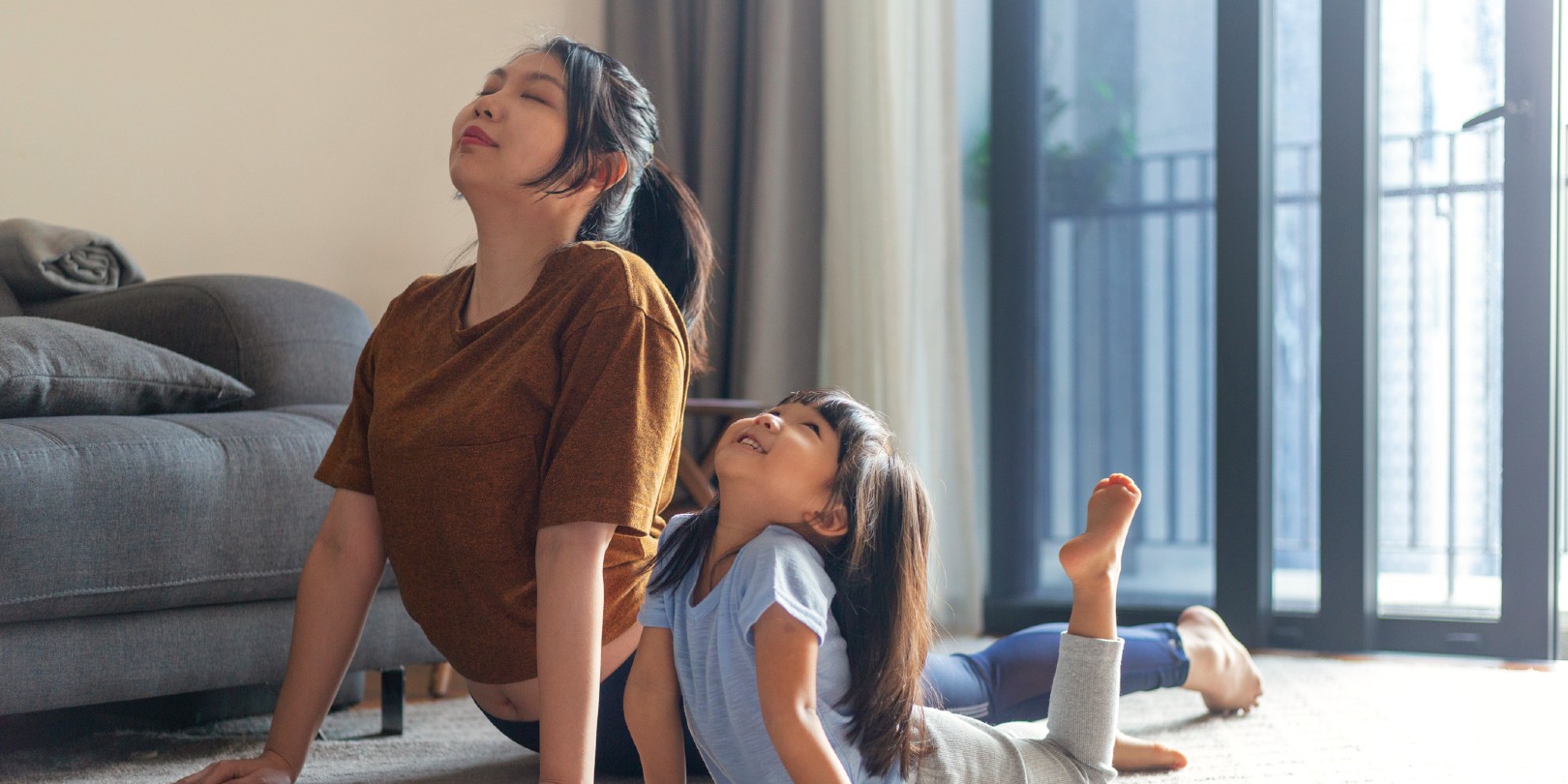Mindfulness for Kids: 5 Daily Practices That Cultivate Mindfulness

Mindfulness is a critical skill for kids to learn and practice. It can help them cope with stress and anxiety, improve their focus, and increase their overall well-being. With the proper guidance, mindfulness is something that your kids can develop and practice at a young age.
In this post, we’ll explore the concept of mindfulness and how it can benefit kids. We’ll also provide five simple mindfulness practices to incorporate into your child’s daily routine. With these practices, your child will be able to cultivate the skills associated with mindfulness and see a positive change in their overall well-being.
Definition of Mindfulness
Mindfulness is bringing your attention to the present moment and focusing on your thoughts, feelings, and bodily sensations without judgment. This practice allows us to be aware of our reactions to and interactions with our environment. Mindfulness helps us better manage stress, cultivate an appreciation for the present moment, and improve mental clarity. For children, developing a mindfulness practice can enable them to become more aware of their emotions.
Mindfulness is a mental technique for cultivating awareness and reducing stress by paying attention to the present moment. It helps us to observe our thoughts and feelings without judging them, which can reduce anxiety and help us become centered instead of overwhelmed.
The benefits of mindfulness for kids include increased emotional intelligence, improved physical health, increased self-awareness, improved communication skills, and more empathy and compassion toward others. It also aids in relaxation and helps children learn to regulate their emotions better.
Explaining Mindfulness to Kids
Introducing children to mindfulness can initially seem overwhelming, but it doesn’t have to be complicated or daunting. Some age-appropriate explanations can go a long way in helping kids understand what mindfulness is all about.
Explaining mindfulness to children should start with an age-appropriate explanation focusing on the main concepts, such as paying attention to their thoughts and feelings without judging them and being aware of the present moment. These simple explanations can help kids understand the basics of mindfulness without resorting to complicated psychological terms.
It’s also important to dispel any myths children may have about mindfulness, such as that it involves sitting in a lotus pose or chanting mantras for extended periods, neither of which are necessary for them to benefit from practicing mindfulness.
Five Daily Practices To Cultivate Mindfulness in Kids
Let’s review some tangible activities you can do with your kids to cultivate mindfulness in them.
Meditation
Meditating with your children is an excellent way for them to focus on staying present in their bodies while getting familiar with calming techniques such as deep breathing or counting breaths. Creating a dedicated space for everyday meditation can also help kids establish a regular mindfulness practice at home.
Journaling
Giving your child a journal is the perfect way for them to express themselves creatively while reflecting upon their thoughts and feelings without judgment or fear of criticism from adults or peers alike. This idea can be particularly beneficial for older children who may have difficulty articulating their emotions verbally.
Body Scanning
Body scanning is another activity that can help kids listen to their bodies by paying close attention to how different parts of their bodies. This technique can range from noticing any tension in their body or utilizing a weighted blanket for kids when engaging in bedtime routines.
Gratitude Practice
Teaching your child about gratitude is a crucial part of fostering mindfulness, as it helps open up new perspectives and allows kids to focus on all the wonderful things they can be thankful for each day. Try practicing saying thank you more often or writing down three things they’re grateful for each day before bedtime.
Soothing Sounds
Playing soothing sounds, such as natural sounds or instrumental music, can be incredibly helpful when teaching your child mindful practices. These sounds can provide more comfort when practicing mindfulness at home.
Additional Tips To Make Mindfulness Stick
Mindfulness is a helpful practice that can benefit adults and children alike. Practicing mindfulness together as a family can make the process less intimidating and ensure everyone gets involved and understands the benefits. It’s also helpful to use apps designed specifically for teaching kids about mindfulness, making it easier for parents to incorporate activities into their lives without specialized knowledge or training.
Encouraging children to develop their ideas for practicing mindfulness at home can also make it more enjoyable and stimulate their creative thinking. This trick could involve turning everyday tasks into mindful moments, such as focusing on how warm the water feels during bath time or making up stories about characters within calming landscapes.
Modeling a mindful lifestyle is one of the best ways to teach children about cultivating mindful habits. By engaging in meaningful conversations with your child while remaining aware of their emotions and avoiding rushing through life events, you can show them how empowering being present can be. These tips can help make mindfulness a regular part of a child’s life, leading to better mental and emotional health over the long term.
Conclusion
Mindfulness is a valuable skill that all kids need to learn to become well-rounded, emotionally aware, and resilient individuals. By introducing them to mindfulness, teaching them about its benefits, and providing activities to practice daily, we can help them cultivate this critical life skill. With the proper guidance and simple practices, children and adults can benefit from the positive impacts of mindfulness and experience a newfound appreciation for the present moment.